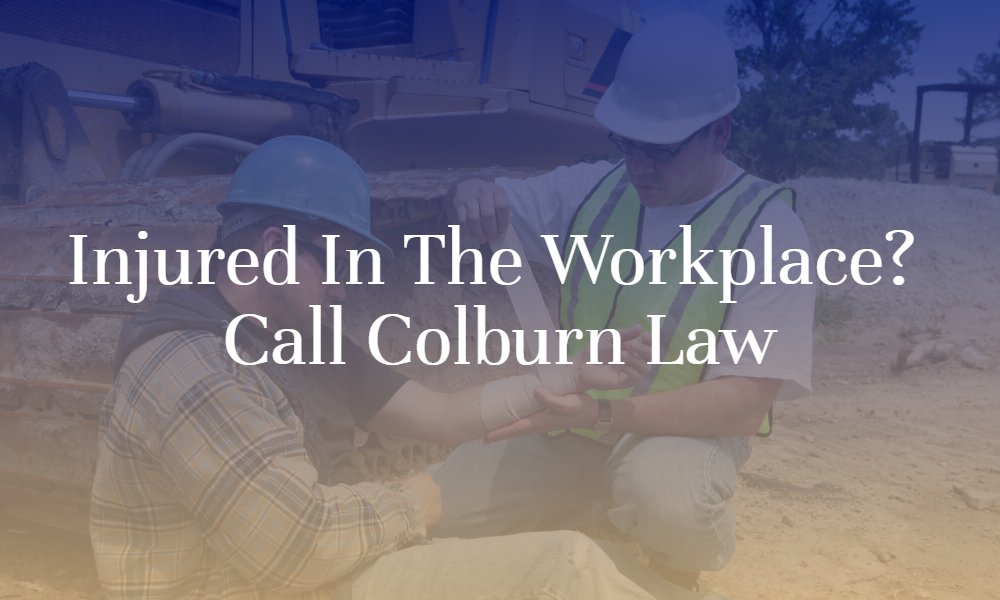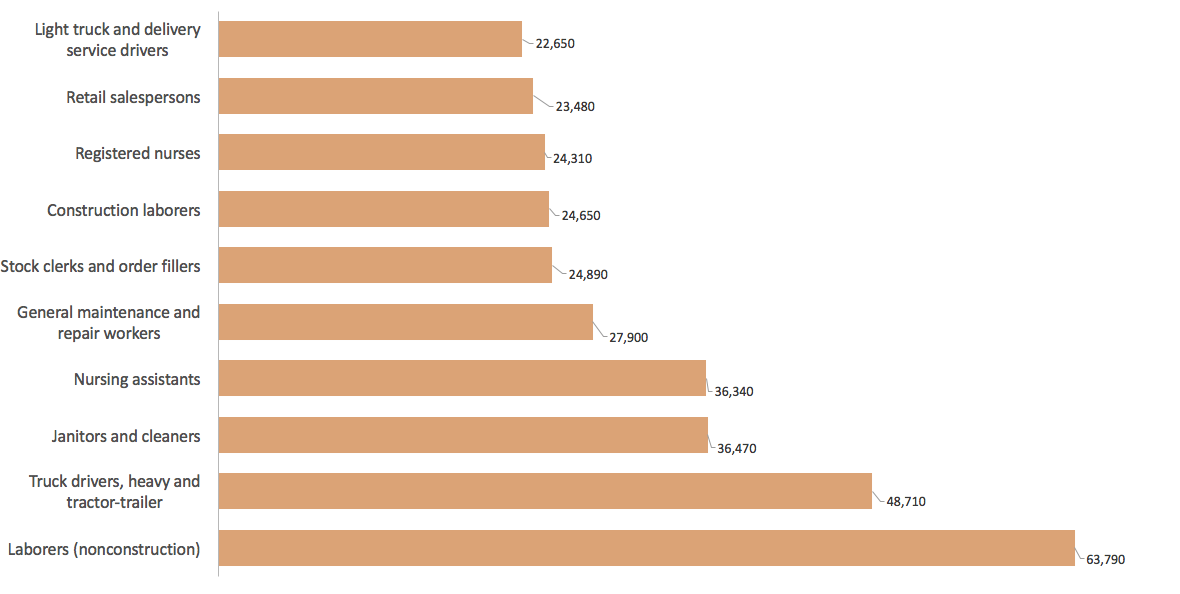
Colburn Law
Seattle Worksite Injury Lawyer
 The U.S. Bureau of Labor Statistics periodically collects data on workplace injuries and creates a list of the country’s most dangerous jobs. Construction professions, such as roofing and structural iron and steelworkers, always land a spot in the top ten. Construction workers routinely face hazards such as heights, heavy machinery, the elements, and tasks such as welding.
The U.S. Bureau of Labor Statistics periodically collects data on workplace injuries and creates a list of the country’s most dangerous jobs. Construction professions, such as roofing and structural iron and steelworkers, always land a spot in the top ten. Construction workers routinely face hazards such as heights, heavy machinery, the elements, and tasks such as welding.
If you’re injured on the job site, you might be wondering what your legal options are. Consider the following information for help after a construction or worksite injury.
Seattle Worksite Injury Resources & FAQs
- Finding the Best Seattle Worksite Injury Attorney
- The Workers’ Compensation Program
- How Do I Sue for an Injury Due To a Defective Product in Seattle?
- Can You Sue for Toxic Substances Injury in Seattle?
- What is Third-Party Negligence?
- Top 10 Private Industry Occupations in 2016 With The Largest Number Of Injuries
Finding the Best Seattle Worksite Injury Attorney
As the head attorney of Colburn Law, I am uniquely suited to take on your worksite injury case. I am a victim of worksite negligence myself: In the early 2000s while working construction, I fell through a roof and suffered extensive injuries. The roofing subcontractor’s negligence was to blame.
I know the physical and emotional struggles associated with recovery. I also know how frustrating the workers’ compensation system can be. That’s why I have dedicated my career to helping others in my community find recourse for their injuries. I will do everything in my power to make your voice heard and ensure the best outcome possible.
If you’re ready to begin your road to recovery, contact Colburn Law today for a free initial consultation. My skilled team of Seattle injury attorneys are here to help you through every step of the process.
The Workers’ Compensation Program
The Industrial Insurance, or workers’ compensation program, is usually the first lifeline for injured workers. The workers’ compensation program is a no-fault system, which means you don’t have to prove anyone was negligent before collecting benefits. Unfortunately, there are a couple of problems with the workers’ compensation system:
- Tight filing deadlines that require your employer to complete reports in an orderly fashion.
- Benefits that aren’t the same as your income, which can make everyday life more difficult if you’re living paycheck to paycheck.
The no-fault system severely limits your ability to collect other compensation for your injuries. For this reason, many will tell you that workers’ compensation is your only form of legal recourse, but there are some exceptions to this.
How Do I Sue for an Injury Due To a Defective Product?
You may be eligible to collect compensation beyond a workers’ compensation claim if your injuries resulted from a product defect. Here’s an example: Say you were operating a blowtorch that malfunctioned, causing an explosion that left you injured. Since the torch failed to work properly, the manufacture, distributor, or retailer may be negligent. In this case, one of these companies would have to compensate you for your medical bills, lost wages, and non-economic losses.
Can You Sue for Injury from Toxic Substances?
Construction workers may come in contact with hazardous materials, including asbestos, lead, silica, and chromium compounds. If you’ve been in contact with any of these on the job, you may be able to file what’s called a toxic tort.
There are two types of toxic torts: those resulting from acute injuries (chemical burns, poisoning) and latent injuries (mesothelioma, lung diseases, and other cancers). If you’ve been injured as the result of a toxic substance, talk to a Seattle toxic tort attorney about your legal options.
What is Third-Party Negligence?
Construction worksites can be hectic. Anyone who works in construction knows his or her crew is only a piece in the puzzle. There are contractors, subcontractors, vendors, and other people on the worksite, all working toward a common goal. If one of these third parties commits negligence, you may have legal recourse against their employer. For example, if a roofing subcontractor negligently installs roofing materials and you fall, you may have a claim against the subcontractor’s employer.
Top 10 Private Industry Occupations With The Largest Number Of Injuries (2016)

The U.S. Department of Labor has recently released 2016 data on the largest number of injuries in private industry occupations. According to the report, laborers in the non-construction industry accounted for the highest injury rate. The total number of workplace fatalities in 2016 was 5,190 people and the main cause of death was vehicle crashes and falls. In 2016, Washington had the third highest non-fatal occupational injury and illness incident rates in the country.
Client Testimonial: 5/5 ★ ★ ★ ★ ★
Greg guided me through a stressful process involving a car accident and the insurance company. Not only did he put me at ease, but he was truly an advocate for me and my family. I am truly thankful for his help, and would highly recommend him to any of my friends or family.
-Jeff P.
More Client Testimonials



